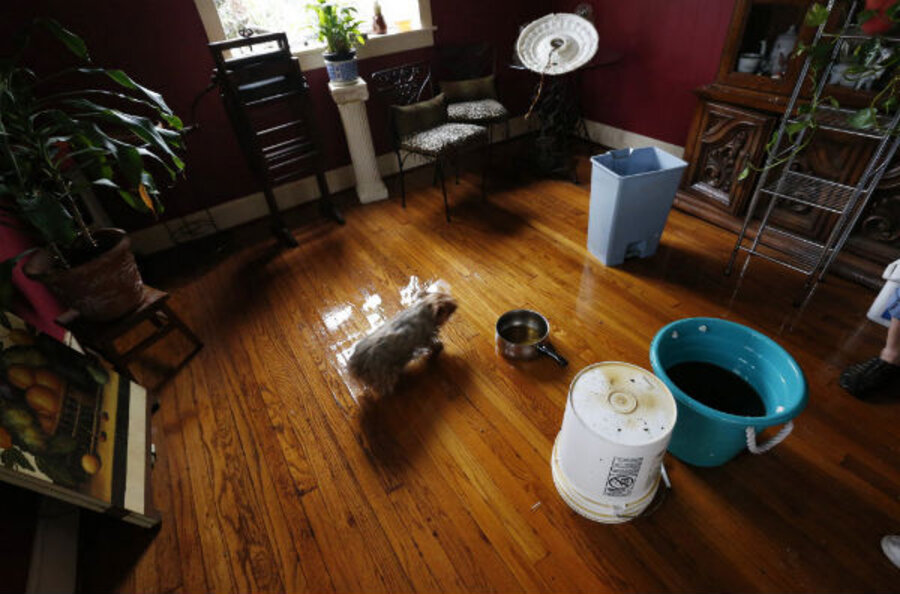Roof damage can be devastating. Once the roof has been compromised, water can enter the home and damage the interior structure, furniture, appliances, and other belongings. The National Roofing Contractors Association (NRCA) recommends that homeowners have their roof inspected twice a year to catch any issues before they become major problems. While regular maintenance can be costly, having the roof checked by a professional can increase the likelihood that the roof will remain intact through extreme weather events.
Homeowners should be mindful of local building codes, says Jason Wilen, the NRCA's director of technical services and a forensic architect. In some areas, regulations require roofers to be licensed. While licensing requirements typically do not apply to homeowners who choose to work on their own roof, Mr. Wilen cautions that even handy homeowners check building codes before beginning any work, as requirements vary from town to town. Hurricane prone areas, for instance, may have have additional recommendations and requirements.
As storm season approaches, residents should keep a close eye on their gutters, downspouts, and drains to make sure that they are free of debris so that water can be diverted away from the home.
Because falling branches and trees can cause extensive damage to roofs and building infrastructure, says Wilen, "Look at foliage or trees that are near the house and make sure they are properly trimmed, keeping in mind that they can sway significant distances."
Even a well maintained roof can sustain damage during an extreme weather event, Wilen says. "No roof is going to be 100 percent resistive to these kind of wind and rain events. If you are on the dirty side of a Class 5 hurricane there's probably not much you can do," he says. In the event that your roof is damaged during a story, the NRDC offers some tips for homeowners on finding a reputable contractor and accessing special loans and grants.







